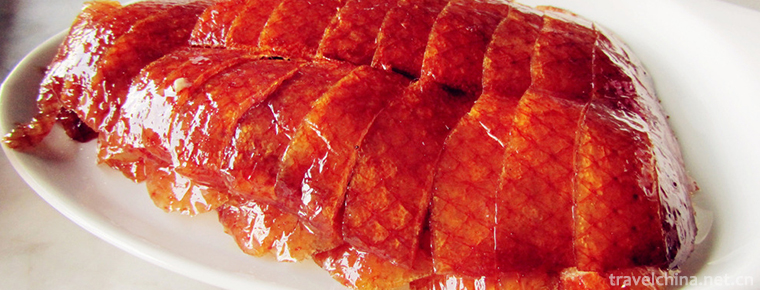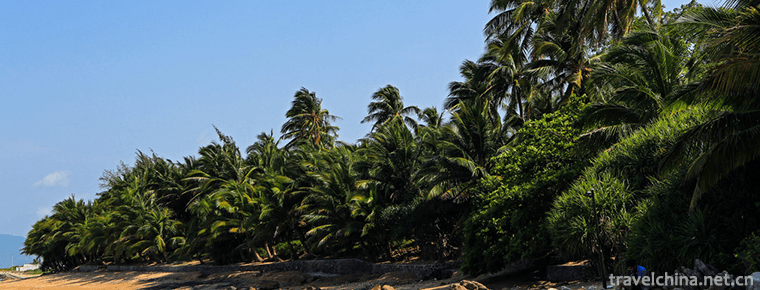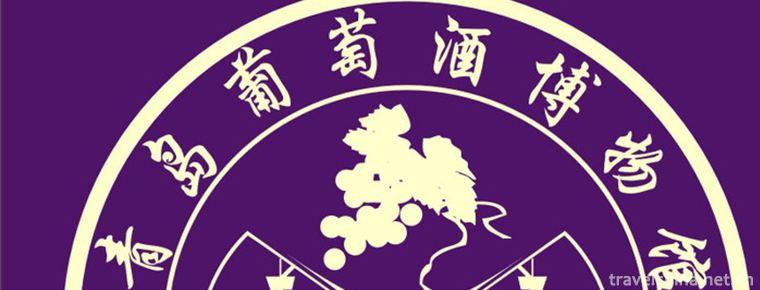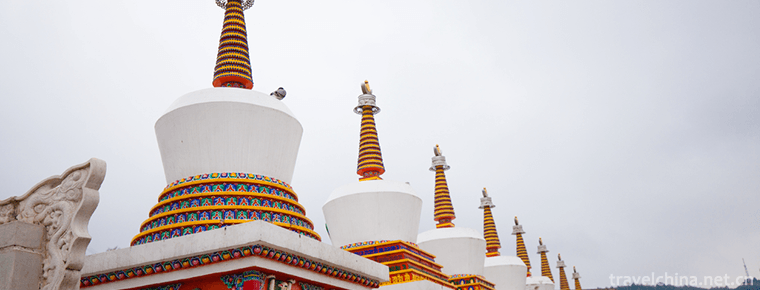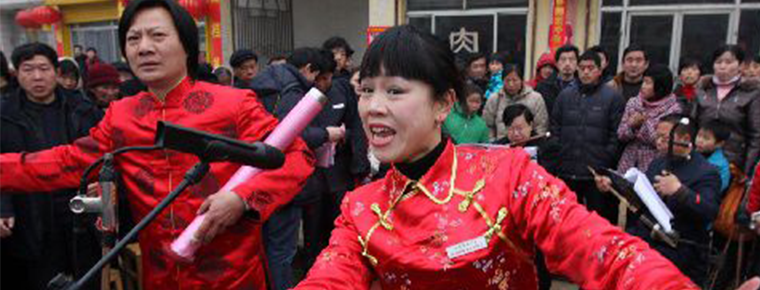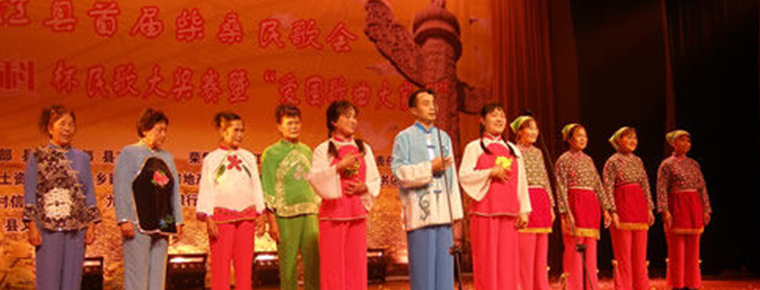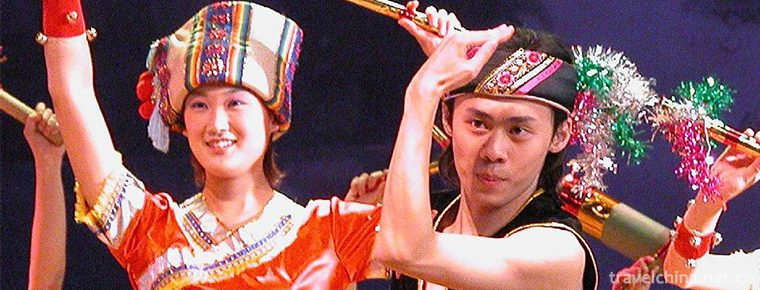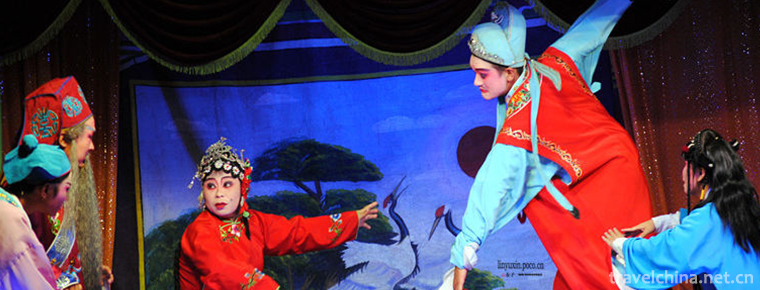Yibin white tower
White tower
Baita (also known as Dongyan pagoda) is located in Baita Mountain Scenic Area of Yibin Lingang Economic and Technological Development Zone. It was built in 1569, the third year of emperor muzong's reign in the Ming Dynasty. It is also known as Dongyan pagoda. It has a history of nearly 450 years.
White Pagoda, because the East wild goose pagoda is white, Yibin local people have always known it as the white tower.
Introduction to ancient pagoda
The white tower has eight stories, 35.8 meters high, 4.45 meters long, and 11.2 meters in diameter. The tower gate is carved with dragon holding pillars; the tower base is carved with a heavy-duty man; there is a ladder ring inside the tower that can pass through the top. At the top of the tower, there is a platform of about 67 square meters, which can have a bird's-eye view of Yibin City and the mountains and rivers in the distance. It is an excellent place for climbing and sightseeing in Yibin. Yang Duan, a poet of the Qing Dynasty, once wrote a poem: "bamboo sticks and straw shoes are very popular, and the suburbs listen to the Qing Dynasty everywhere. Want to climb the white tower, poor autumn, and pan boat Dang sun slant. The white clouds outside the mountain are muddy like water, and the mangroves in the river head are better than the flowers. When I came back, I didn't feel tired and asked the restaurant in the river Pavilion
Next to the White Pagoda, there are Denggao mountain city and the site of Gaoyuan. Dozens of steps away from the tower, there is bao'en temple, also known as the White Pagoda Temple. There are three couplets in the temple, with chambers on both sides, which is quite quiet. The existing part has been destroyed and the old site remains.
daily management
According to the management office, in the late 1970s, the top of the white tower was destroyed by fire. Local villagers spontaneously repaired the white tower with cement and bricks, and built a viewing platform, which turned gray and black over time. As to what kind of roof it was when the white tower was first built, there is basically no certificate to examine.
In June 2014, the scenic spot management office entrusted the ancient building Grottoes research and Design Institute of Sichuan Provincial Institute of cultural relics and archaeology to send professional and technical personnel to investigate the current situation of the white tower, survey the tower body, and prepare the maintenance design scheme. Before making the design plan, the design unit consulted the local historical materials of Yibin, and inspected the similar ancient buildings in Longqing period of Ming Dynasty.
Historical features
Therefore, the restored white pagoda is closest to its historical features.

Yibin white tower
-
Cantonese crispy fried pork
Crispy fried pork is a traditional dish with color, aroma and taste. It belongs to Guangdong cuisine department. This dish is one of the classic Cantonese cured wax
Views: 218 Time 2018-11-02 -
Big and Small Size Dongtian Scenic Spot
The Size Dongtian Scenic Area (formerly known as the Haishan Scenic Spot and Aoshan Scenic Spot) is located in the southern corner of Nanshan Province, 40 kilometers west of Sanya City
Views: 176 Time 2018-12-12 -
Jiangbulak Scenic Area
Jiangbulak Scenic Area is located in the low mountain belt 58 kilometers southeast of Qitai County, Xinjiang, China. It includes wide gully scenic area and Yangwatan beach
Views: 159 Time 2019-01-21 -
Qingdao Wine Museum
Qingdao Wine Museum is located at No. 68 Yan'an Road, North District of Qingdao City. It is an underground museum with popular science education, collection and display
Views: 203 Time 2019-02-07 -
Tar Temple Scenic Area
Tar Temple, also known as Taer Temple, was founded in the 10th year of Hongwu Ming Dynasty (1377). Named after the Great Silver Pagoda built in memory of Zongkaba
Views: 174 Time 2019-02-13 -
Hu Ji Shu Hui
Hu Jishu Fair is a traditional folk art fair that rose and took root in Huji Town, Huimin County, Shandong Province. Huji is the largest market town in the southeast of Huimin County
Views: 111 Time 2019-05-03 -
Jiujiang folk songs
Jiujiang folk song is a traditional folk song that is popular in the surrounding areas of Chengmen, Ma Huiling, Huanglao Men, Lion and Chengzi Town in Jiangzhou District, Jiujiang City
Views: 201 Time 2019-05-08 -
Mi Luo Tuo
Milotta is a myth and ancient song spread in the Yao nationality inhabited areas of Du'an and Bama in Guangxi. It integrates myth, creation and hero. It describes the heroic achievements of the goddes
Views: 197 Time 2019-06-04 -
PuXian opera
Puxian Opera is one of the oldest operas in China. It originated in Tang Dynasty, became in Song Dynasty and flourished in Ming and Qing Dynasty. It is known as the "living fossil" of Southe
Views: 132 Time 2019-06-09 -
Yao Opera
Yao Opera is popular in Yuyao, Cixi, Ningbo, Zhoushan, Shangyu and Shaoxing. It developed on the basis of folk singing and dancing "horse lantern", "dry boat" and "tea basket&
Views: 316 Time 2019-07-11 -
Land resources in Suining
The total cultivated land area of Suining is 2.2815 million mu, of which the purple soil area is the largest, accounting for 62% of the cultivated land area, which is widely distributed in the low mountain and hilly areas.
Views: 347 Time 2020-12-16 -
Main scenic spots in Meishan
Jiulongshan Forest Park is located in the southwest of Sichuan Province, in Yangchang Town, Danling County, Meishan City, about 20km away from Danling county. It covers an area of 380 hectares, including 100 hectares of core scenic area. The a
Views: 159 Time 2020-12-18
